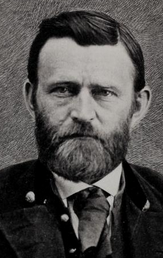Primary Sources Set in Stone: SEG
By Jutta Seibert

Votive relief for the cure of a bad leg.
Marble. British Museum.
Courtesy of Wikimedia Commons.
The Supplementum Epigraphicum Graecum (SEG), now available online to the Villanova community, is a critical discovery tool for classicists working with ancient Greek inscriptions. The study of inscriptions, commonly known as epigraphy, goes back to the 16th century when travelers and explorers informally began to trace and collect ancient inscriptions. By the early 19th century with the publication of the first systematic collection of ancient Greek inscription, the Corpus Inscriptionum Graecarum by August Böckh, epigraphy had matured into an academic discipline.
The historical paper record overshadows inscriptions as primary sources in most areas of specialization outside the field of ancient history, but texts chiseled in stone, etched into metal surfaces, or scratched into clay tablets constitute a historical record for most cultures and time periods. These texts offer a self-conscious portray of events and people intended for posterity. Modern examples of inscriptions include the much-visited Vietnam Veterans and 9/11 memorials, which present a modern-day historical record for generations to come.
While inscriptions are often on the more “stuffy” side, the corpora of ancient inscriptions also include graffiti, which add layers of competing and occasionally irreverent public opinion to the “official” public record. The KILROY WAS HERE etching at the back of the World War II Memorial in Washington, D.C. is a wonderful example of piggyback messages on public monuments.
P.J. Rhodes’ essay on Epigraphy, published in the Oxford Handbook of Hellenic Studies (Barbara Graziosi, Phiroze Vasunia, and George Boys-Stones, eds.), offers a clear and succinct introduction to the subject matter.
Selected text corpora and meta sites in the field of ancient Greek epigraphy
Supplementum Epigraphicum Graecum / Brill
An annual survey of newly published ancient Greek inscriptions.
Bulletin épigraphique published annually in issue 2 of the Revue des Études Grecques
An annual survey of newly published ancient Greek inscriptions.
Claros: Concordance of Greek Inscriptions
A clearing house for new editions of Greek inscriptions.
Searchable Greek Inscriptions / (The Packard Humanities Institute)
A clearing house for inscription captured in the major corpora.
Corpus Inscriptionum Graecarum / August Böckh
First systematic collection of Greek inscriptions.
Inscriptiones Graecae / Berlin-Brandenburg Academy of Sciences and Humanities
Open access to volumes published since 2001. Older volumes published prior to 1923 can be found in the Internet Archive.
Recommended Reading List
Bodel, John P. Epigraphic Evidence: Ancient History from Inscriptions. London: Routledge, 2001.
Davies, John Kenyon, and J. J. Wilkes. Epigraphy and the Historical Sciences. Oxford: Oxford University Press, 2012.
McLean, B. Hudson. An Introduction to Greek Epigraphy of the Hellenistic and Roman Periods from Alexander the Great Down to the Reign of Constantine (323 B.C.-A.D. 337). Ann Arbor: University of Michigan Press, 2002.
Rhodes, P.J. “Epigraphy.” In The Oxford Handbook of Hellenic Studies, edited by Barbara Graziosi, Phiroze Vasunia, and George Boys-Stones. Oxford: Oxford University Press, 2009.
Woodhead, A. G. The Study of Greek Inscriptions. 2nd ed. Norman: University of Oklahoma Press, 1992.
Access to SEG is available via the Library’s Databases A-Z list and the catalog. Consult the SEG Search Tips if you are new to this resource or ask a librarian for assistance.
 Jutta Seibert is Director of Research Services & Scholarly Engagement at Falvey Memorial Library.
Jutta Seibert is Director of Research Services & Scholarly Engagement at Falvey Memorial Library.



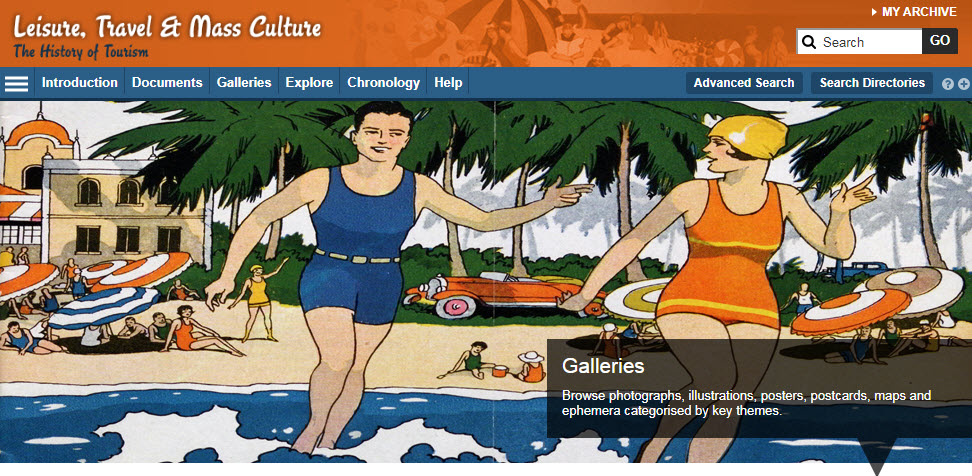

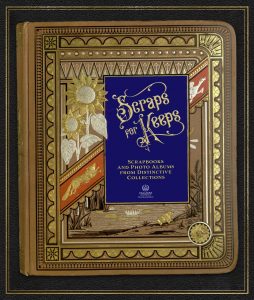
 Susan Turkel is a Social Sciences Librarian at Falvey Memorial Library. When this is all over, she hopes to travel to Italy.
Susan Turkel is a Social Sciences Librarian at Falvey Memorial Library. When this is all over, she hopes to travel to Italy.
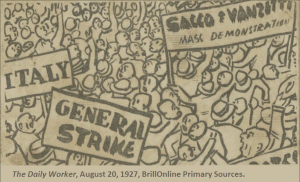 Fetter, Henry D. “
Fetter, Henry D. “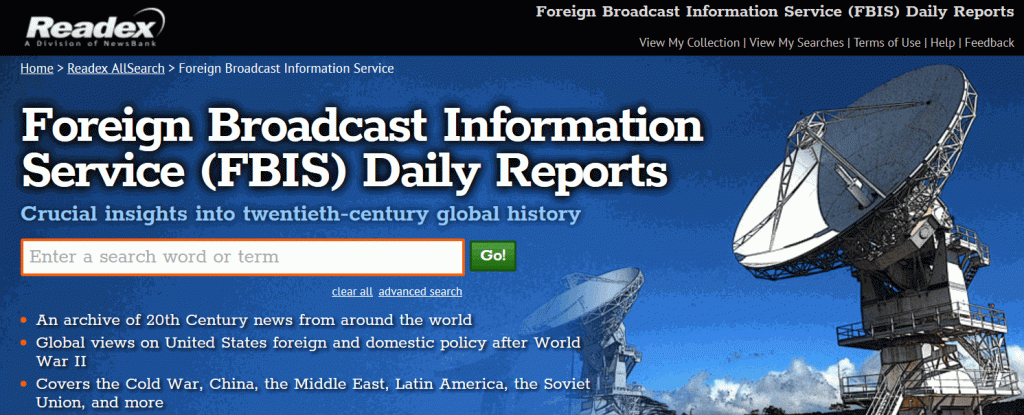



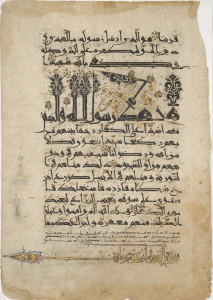
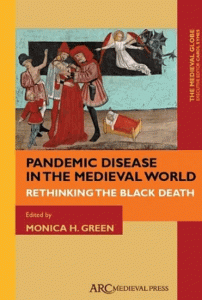 The Medieval Globe: Pandemic Disease in the Medieval World: Rethinking the Black Death
The Medieval Globe: Pandemic Disease in the Medieval World: Rethinking the Black Death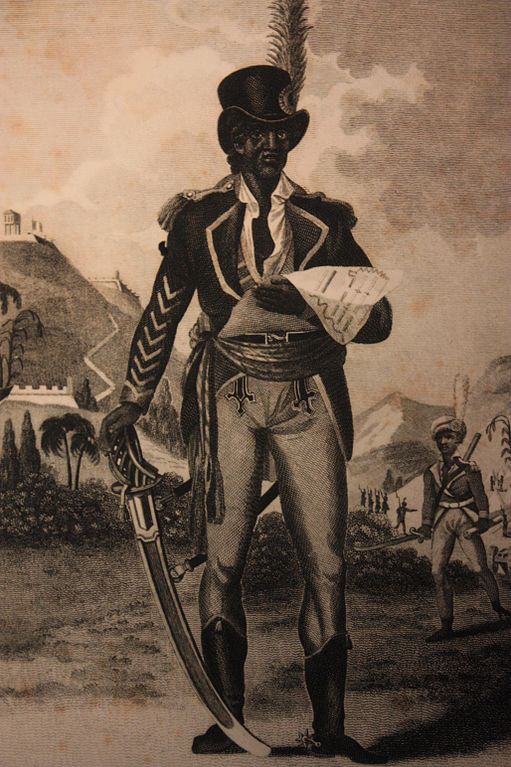
 Darren G. Poley is Associate Director of Research Services and Scholarly Engagement, and Theology, Humanities, and Classical Studies Librarian at Falvey Memorial Library.
Darren G. Poley is Associate Director of Research Services and Scholarly Engagement, and Theology, Humanities, and Classical Studies Librarian at Falvey Memorial Library. 

